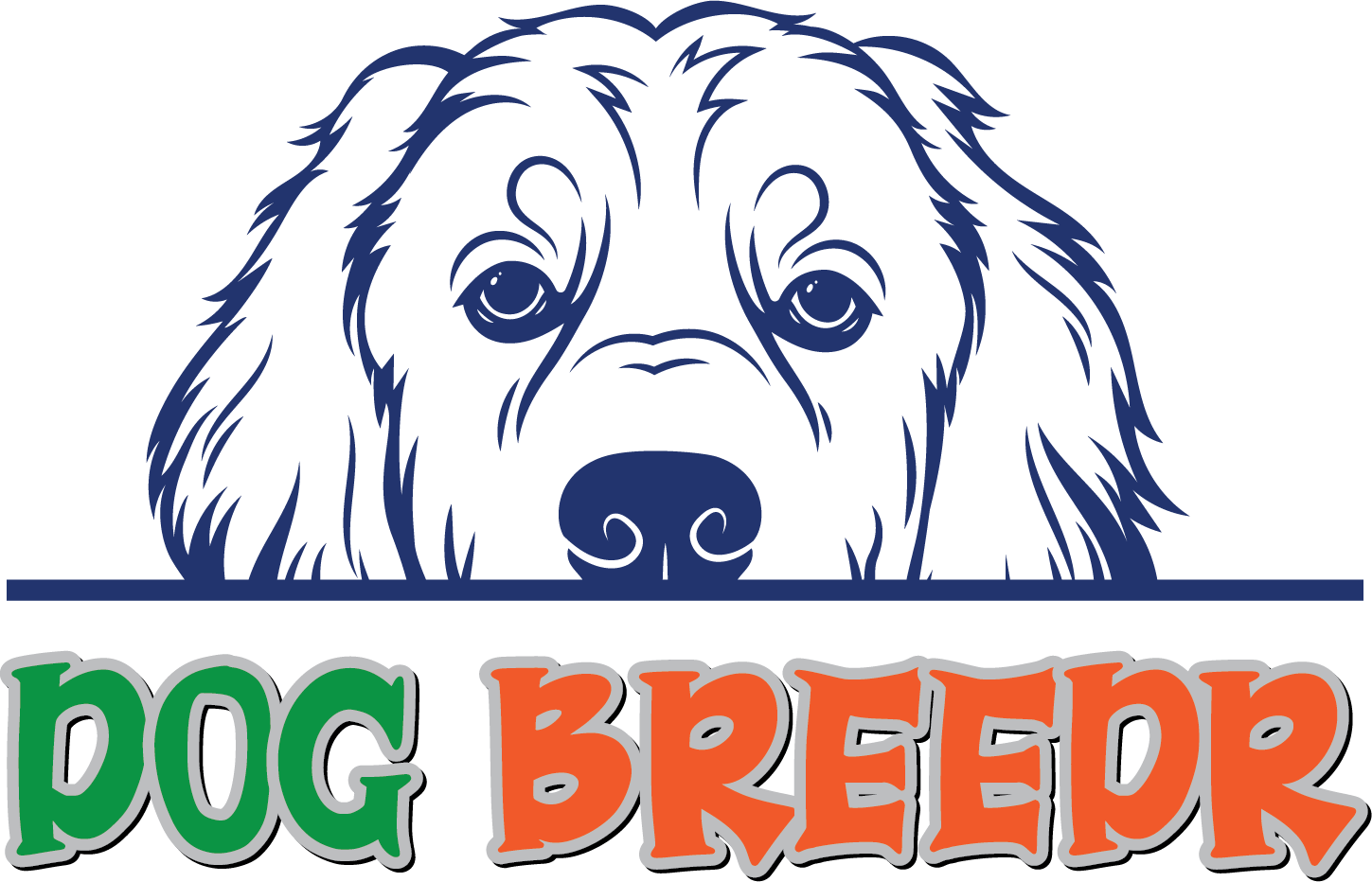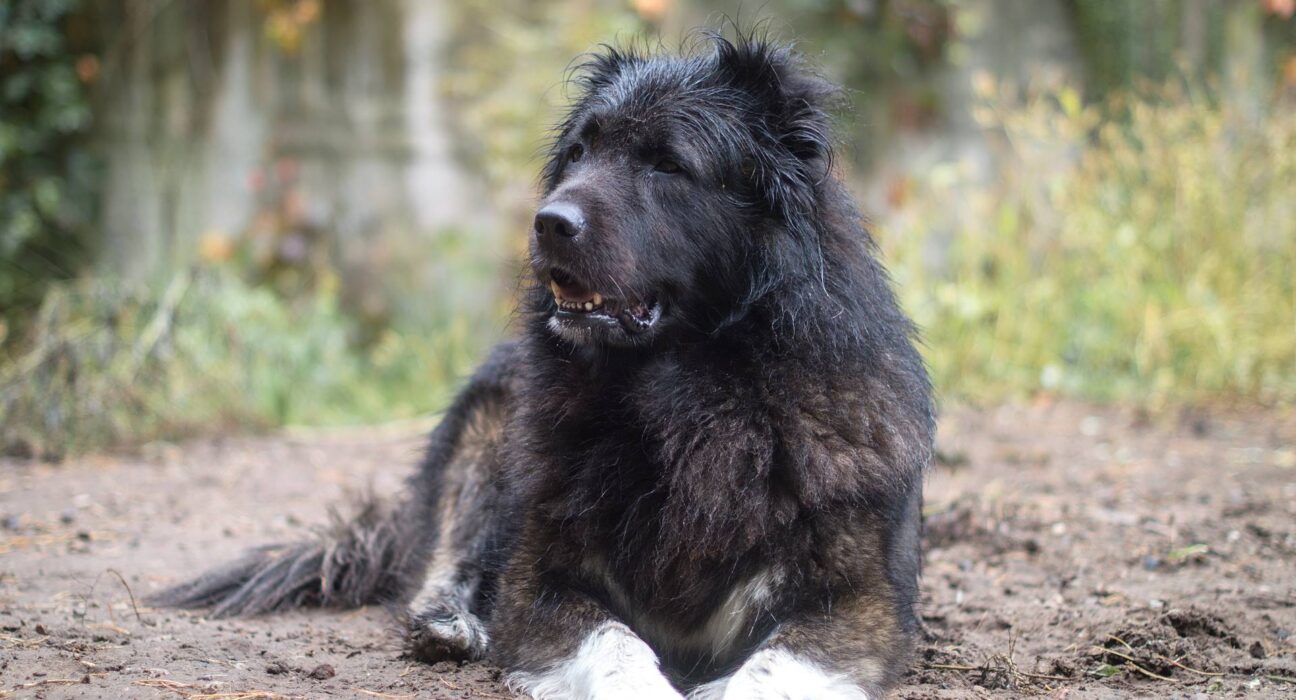Russia is a vast and beautiful country, full of diverse landscapes and climates. As such, it hosts a wide variety of native dog breeds that have adapted to the many environments within its borders. These dogs range from large working breeds to small lapdogs, each with unique characteristics and abilities. This article will explore some of the most famous Russian dog breeds.
Russian Dog Breeds
Russian Dog Breeds are known for their strong work ethic, loyalty and trainability. They are often bred to do specific tasks, such as guarding property or working in the fields, but many also make excellent companions for active owners.
- Russian Dog Breeds – Samoyed
The Samoyed is a breed of large herding dog from the North East of Russia. They are categorized as working dogs with thick white fur and alert expression.
Bred to herd reindeer, these dogs have lots of energy and require plenty of exercises each day to stay happy and healthy.
A good game of fetch or a long walk should do the trick! They are friendly and loyal to their owners and make great family pets.
Grooming requirements for this breed include regular brushing and bathing and occasional trimming around the face to keep it neat.
They can live up to 12-14 years, given the proper care. The Samoyed is also known for its signature ‘smile’, which comes out when it’s exciting or happy – a look that melts many hearts.
The breed is best suited for active owners who will provide it with the physical and mental stimulation it needs.
They can do well in any home but may need access to ample outdoor space to explore and run around. Samoyeds are sure to bring joy into your life, no matter where you live.
- Russian Dog Breeds – Siberian husky
The Siberian husky is one of the most popular and recognizable Russian dog breeds. Native to Northeastern Siberia, these dogs were bred for endurance in harsh climates and had a thick double coat to protect them from cold temperatures.
They are loyal and friendly and make great family pets with their affectionate nature. With their wolf-like appearance, they can be intimidating at first glance but don’t let that put you off.
These active dogs need plenty of physical activity daily to stay healthy and happy – a long walk or run would be perfect.
Grooming requirements include regular brushing and bathing and occasional trimming around the face area. Siberian Huskies can live up to 12-14 years with proper care.
As an intelligent breed, they require lots of mental stimulation and may become bored or destructive if left alone for long periods.
This breed is best suited for active owners who will provide them with the physical and mental exercise they need and the right environment to thrive in.
With their loyal companionship and unique appearance, Siberian Huskies will surely bring joy into your life.
- Russian Dog Breeds – Borzoi
Borzoi, also known as the Russian wolfhound, is a breed of large sight hounds native to Russia. With their thick and silky fur, they look like miniature wolves! Bred to hunt small game, these dogs have an independent nature but are loyal and affectionate with their owners.
They require plenty of daily physical activity – a long walk or run would be ideal. Grooming requires regular brushing to keep their coats healthy and free from tangles.
Occasional trimming around the face area may also be necessary. Borzoi can live up to 09-14 years with proper care.
This breed is best suited for active owners who will provide them with the physical and mental stimulation they need – without it; they may become bored or destructive. Borzois are sure to make a beautiful addition to any family and bring joy to your life.
- Russian Dog Breeds – Russian black terrier
Russian black terrier, also known as the Tchiorny Terrier, is one of Russia’s oldest and most iconic dog breeds. It has a thick black coat that can be either straight or slightly wavy.
This breed is highly energetic, fearless and loyal – perfect for guard dogs or active families. The Russian Black Terrier’s large size also makes it an excellent sledge-puller, so it may have been used to pull carts and carry supplies during winter.
Its coat requires regular brushing to keep its luster intact; otherwise, this breed is low maintenance regarding grooming requirements.
As with any breed, puppyhood socialization is essential for this breed to become well-rounded family members.
Overall, the Russian Black Terrier is a great family dog that loves to be active and enjoys spending time with its people. With proper training, exercise, and love, this loyal breed will make an excellent addition to any home.
- Russian Dog Breeds – Caucasian shepherd
The Caucasian shepherd, also known as the Ovcharka, is a large and powerful breed from the Caucasus region of Russia.
This breed is powerful and can easily overpower other dogs or even people in a confrontation. It is an excellent guard dog for its family, but it should be appropriately trained to ensure that it understands acceptable behavior.
The Caucasian shepherd has a thick coat with colors ranging from cream, white, and tan to grey. Its coat requires regular brushing to keep it clean and free of tangles and mats.
Socialization with other animals and people is essential when raising a Caucasian shepherd so it learns appropriate behaviors around strangers.
With proper training and exercise, this brave and loyal breed can be an excellent companion for families and individuals.
Though its size and strength can be intimidating, the Caucasian shepherd is an incredibly loyal breed that loves to be with its people and will fiercely protect them when needed.
Russian Dog Breeds Health Problems
Many Russian dog breeds face numerous health problems, which can be prevented with proper care and breeding. These include hip dysplasia, eye disease, heart defects, skin allergies, and thyroid problems.
Russian Dg Breeds – Hip Dysplasia
Hip Dysplasia is an abnormality in the development or structure of a dog’s hips that can cause pain and lameness.
It is often hereditary but can also happen due to environmental factors such as diet or activity level. While this condition is not always preventable, careful breeding programs and early diagnosis help reduce the number of affected dogs in a litter.
Russian Dog Breeds – Eye diseases
Eye diseases are prevalent in Russian dogs and may include cataracts, glaucoma, uveitis (inflammation), dry eye (KCS), and progressive retinal atrophy (PRA).
These conditions can be severe and lead to vision loss if not treated promptly. Regular eye exams are essential for the early detection and management of these issues.
Russian Dog Breeds – Heart defects
Heart defects can range from mild to severe and may include:
- Atrial septal defect.
- Ventricular septal defect.
- Patent ductus arteriosus.
- Pulmonary stenosis.
- Tricuspid dysplasia.
- Aortic stenosis.
- Mitral valve prolapse.
These diseases are often hereditary but can also be caused by environmental factors such as diet or exercise. It is essential to have regular check-ups with your vet to monitor any heart problems that may arise.
Russian Dong Breeds – Skin allergies
Skin allergies are common in Russian dog breeds and may include contact dermatitis, atopic dermatitis, food allergy, or flea allergy dermatitis.
These conditions cause inflammation and irritation of the skin and can be very uncomfortable for your pup.
Proper grooming, regular bathing, high-quality pet food, and environmental management (including avoiding exposure to allergens) are all essential steps that can help prevent these allergic reactions from occurring.
Russian Dog Breeds – Thyroid problems
Finally, thyroid problems can also occur in Russian dogs. Hypothyroidism is caused by a deficiency of thyroid hormones which can lead to lethargy, weight gain, poor coat condition, hair loss, cold intolerance or heat sensitivity.
Other symptoms may include infertility or reproductive issues. Fortunately, many of these symptoms can be managed and treated with the correct medication.
While Russian dogs are prone to various health conditions, these problems can often be prevented or managed with proper care and breeding.
It is important to remember that regular vet visits are essential for keeping your pup healthy and happy. With the right help, you can ensure that your Russian dog will lead a long and healthy life.
By staying up-to-date on the latest health news regarding Russian dog breeds, providing them with adequate exercise and nutrition, and making sure they get regular veterinary check-ups, owners can help prevent many common problems from occurring.
Additionally, seeking out reputable breeders who understand the importance of health testing and are willing to answer any questions you may have can help ensure that your pup is healthy and happy for many years to come.
The health of Russian dog breeds is something that should never be taken for granted. With the proper care and attention, these loyal companions can live long, healthy and happy lives.
So stay informed on the latest health news regarding Russian dogs and provides them with the best care possible. Your pup will thank you for it.
Russian Dog Breeds – Conclusion
Russian dog breeds are loyal and loving companions but can be susceptible to several health issues. Regular vet visits, exercise, and proper nutrition are essential for keeping your pup healthy and happy.
Additionally, seeking out reputable breeders who understand the importance of health testing is also essential. With the proper care and attention, Russian dogs can live long, healthy and happy lives.
So stay informed on the latest health news regarding Russian dog breeds and provides them with the best care possible.

